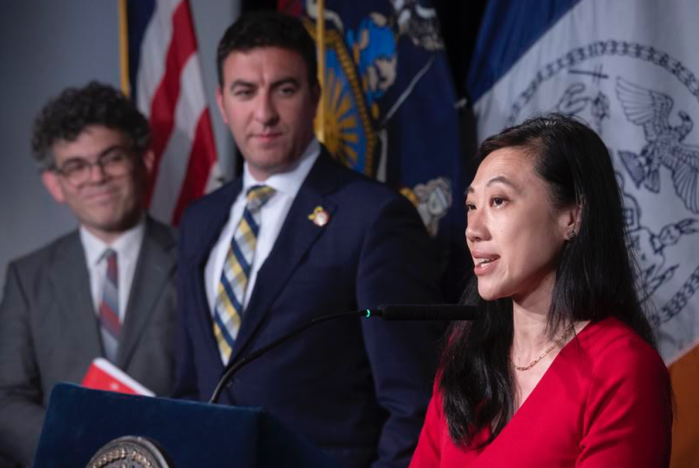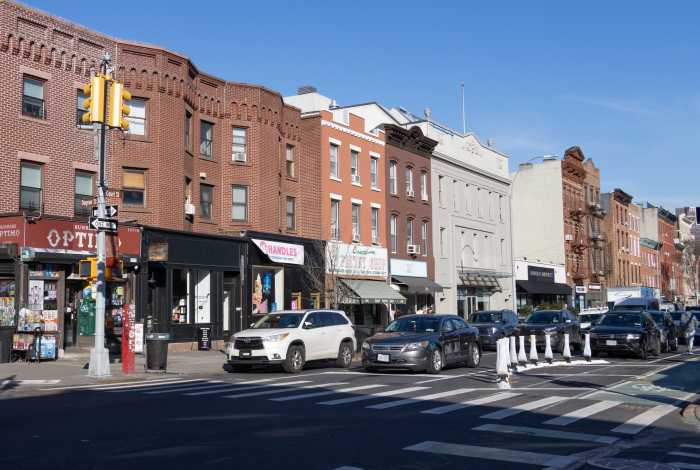Domestic violence murders have dropped 21 percent in New York City this year — even as overall murders have been on the rise, officials said during a City Council hearing Friday, but some lawmakers are calling for more detailed data on the crimes.
Those 37 homicides make up about 13.4 percent of the total number of people murdered citywide, which stands at 275 so far this year, according to an NYPD spokeswoman. At this point last year, there were 47 domestic violence murders, and 254 homicides overall.
Police respond to more than 280,000 domestic violence incidents a year. This includes violence between couples, parents and children, and siblings. Still, New York has the fewest domestic homicides of the 10 largest U.S. cities, and felony assaults have decreased 6 percent this year.
“These are, however, only the incidents that we know of,” said Councilwoman Vanessa Gibson (D-Bronx), who chairs the committee on public safety. “Many incidents simply go unreported due to fear, to shame, loss of economic resource, threats of violence, injury or death.”
Council members want to see more detailed statistics to more effectively target domestic violence in their districts, such as data that can help social service organizations.
NYPD Deputy Chief Juanita Holmes told the hearing she was concerned too-frequent and localized domestic violence reporting “raises privacy concerns of the victim and could possibly even stigmatize residents of a housing development.”
Currently, more than 350 cops are assigned to preventing domestic violence, with duties ranging from home visits to helping victims get orders of protection.
“In many cases, the services and support that these victims receive can save their lives and ensure the safety of their loved ones,” said Holmes, who is commanding officer of the Domestic Violence Unit and survived an assault by her husband in 2011 in Suffolk County.
The council is considering four bills that would require the NYPD to release both domestic violence and hate crime data weekly, monthly, and quarterly at the precinct level on its website. One-third of all crime in public housing is related to domestic violence, and such crime almost doubled between 2009 and 2013.
The bills would also require the department to regularly release data on hate crime, including motive — such as whether it was anti-Semitic, anti-black, or anti-gay.
Manhattan Councilman Mark Levine, whose district includes the Upper West Side and Morningside Heights, said he wants data on spikes in hate crimes that are closely tied to events around the world.such as conflict in Israel.
“There’s a gaping hole in what we’re reporting — which is the lack of reporting on hate crimes,” he said Levine.
“There is no class of crimes that more directly ebbs and flows in connection to current events than hate crimes. . “I don’t know today whether we’ve seen a spike in anti-Semitic crimes in the city due to the current round of violence in Israel, because I don’t have access to that data in real-time, but it’s a question worth asking.”
Such statistics are currently released quarterly. Holmes said that the motive behind what may be initially deemed a hate crime could change following investigation.
She was also concerned that toofrequent and localized domestic violence reporting could stigmatize specific areas of public housing. That
“Online reporting with this kind of frequency … are for very sensitive crimes, down to the granular level, i.e. housing development, “raises privacy concerns of the victim and could possibly even stigmatize residents of a housing development.”



































